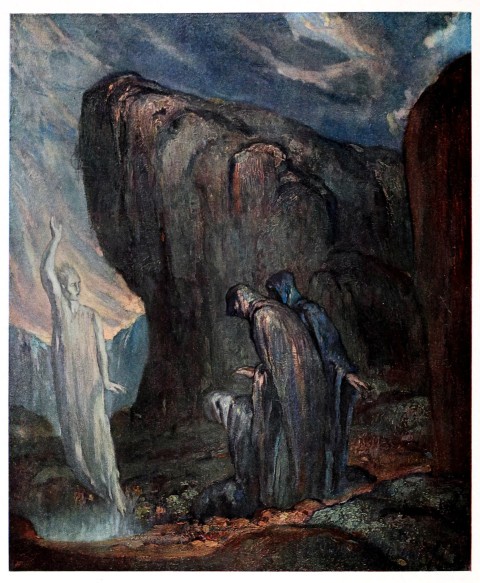The same old debate about the Easter story and whether or not to believe it
Accept the resurrection or don’t. Either way, you’re the boss.

Just before Easter, as part of his intermittent series of conversations with religious leaders, New York Times columnist Nicholas Kristof asked Union Theological Seminary president Serene Jones about the resurrection. Kristof, who seems to be on a spiritual quest, asked Jones, “Do you think of Easter as a literal flesh-and-blood resurrection?” and added, “I have problems with that.”
After some back and forth, Jones replied, “For me, the message of Easter is that love is stronger than life or death. That’s a much more awesome claim than that they put Jesus in the tomb and three days later he wasn’t there. For Christians for whom the physical resurrection becomes a sort of obsession, that seems to me to be a pretty wobbly faith.”
When I was her student, Professor Jones had a gift for presenting the shifting emphases of Christian thought. She taught us to see how the best theology of a given age met the challenges of its era. Why would she move against this flow, retreating back into the 19th-century mind of Adolf von Harnack?




